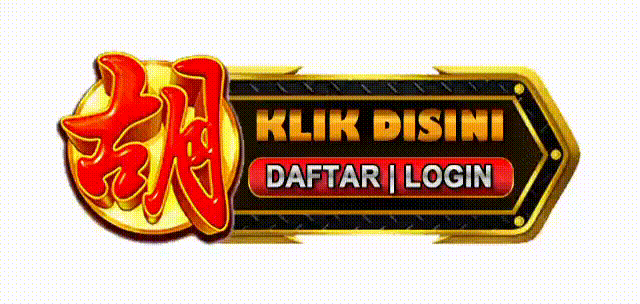MAMI188 hadir sebagai solusi utama bagi para pencinta slot online yang menginginkan kemenangan nyata, cepat, dan konsisten. Mengusung konsep slot gampang menang, MAMI188 memberikan bonus new member 100% untuk semua pemain baru yang ingin langsung gas pol menuju maxwin.
Di era digital ini, memilih situs slot online bukan soal banyaknya game saja, tapi soal kualitas, kepercayaan, dan peluang menang. MAMI188 menggabungkan semuanya: RTP tertinggi, game paling tergacor, dan sistem fair play dari provider terpercaya.
Keunggulan Utama MAMI188:
🔥 Bonus New Member 100%: Gandakan modal deposit pertama kamu dan mulai main tanpa khawatir kehabisan saldo.
🔥
RTP Gacor : MAMI188 memberikan info RTP tertinggi setiap hari untuk memudahkan pemain memilih game yang sedang gacor.
🔥 Peluang Maxwin Nyata: Fitur freespin, scatter, dan multiplier dioptimalkan untuk memberi kamu kemenangan maksimal.
🔥 Situs
Slot Terpercaya & Teraman: MAMI188 telah terbukti fair play, dengan sistem keamanan terenkripsi dan layanan CS aktif 24 jam.
🔥 Akses Cepat dan Anti Blokir: Main slot dari mana saja, kapan saja. Tanpa VPN, tanpa hambatan, langsung gas dari HP atau PC kamu.
PROMO TAMBAHAN UNTUK MEMBER BARU:
🔥 Cashback kekalahan hingga 50%.
🔥 Komisi referral seumur hidup.
🔥 Event harian dengan hadiah free spin & bonus saldo.
🔥 Turnamen slot dengan total hadiah ratusan juta rupiah.
Daftarkan diri kamu sekarang dan nikmati langsung
slot gampang menang new member 100% serta pengalaman bermain di situs slot online yang benar-benar gampang menang, tergacor, dan terpercaya.
Mainkan slot RTP tinggi, kejar maxwin, dan buktikan sendiri keberuntunganmu di MAMI188.
👉 Daftar dan Login sekarang & buktikan sendiri kemenanganmu hari ini. Jackpot besar sedang menunggu di ujung spin!















 Promosi
Promosi
 Login
Login
 Daftar
Daftar
 Link
Link
 Live Chat
Live Chat